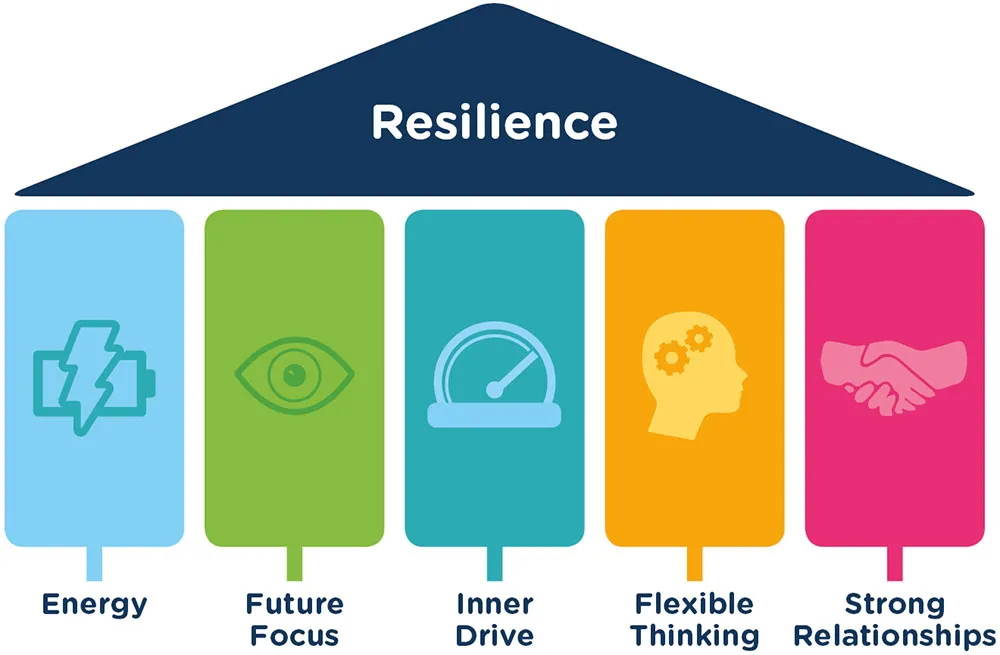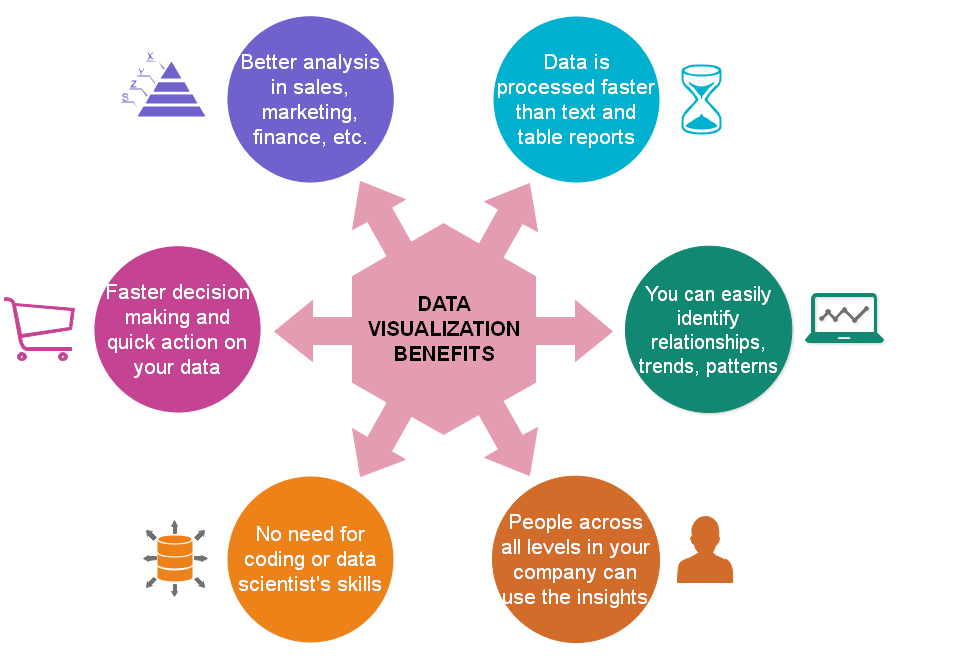
Visualization is a powerful tool often overlooked in the realm of physical fitness and mental fortitude. While most people focus on physical training, the mental aspects of preparation and performance can be just as critical. Visualization or the practice of mentally rehearsing actions and outcomes, has been proven to not only improve workout results but also to build mental resilience. This approach integrates the mind and body, enabling individuals to unlock their full potential.
What is Visualization?
Visualization, also known as mental imagery, creates vivid and detailed mental pictures of achieving specific goals or outcomes. This practice involves mentally rehearsing a scenario, such as completing a challenging workout, lifting a heavier weight, or crossing the finish line in a race. Visualization engages multiple senses, including sight, sound, and touch, to create a realistic simulation of success.
While it may seem abstract, visualization is deeply rooted in neuroscience. When you vividly imagine an action, your brain activates the same neural pathways that it uses during the actual execution of that action. This overlap primes your body and mind to perform better when the time comes to act.
The Science Behind Visualization
Scientific research consistently supports the effectiveness of visualization in enhancing physical performance and mental resilience. Studies reveal that athletes and fitness enthusiasts who incorporate visualization into their routines experience significant gains in performance, focus, and confidence. A study published in the Journal of Sports Sciences demonstrated that athletes who regularly visualized their movements and goals showed notable improvements in motor skills and execution. Functional MRI scans further highlight that mentally rehearsing physical activities activates the same neural pathways as actual practice, priming the body for action and strengthening the mind-muscle connection.
Key findings include:
- Neuroplasticity: Visualization helps strengthen neural pathways through a phenomenon known as neuroplasticity. By mentally rehearsing movements or scenarios, the brain becomes more efficient at executing them in real-life situations.
- Activation of the Motor Cortex: Even without physical movement, imagining an action activates the motor cortex in the brain, reinforcing muscle memory and motor skills.
- Stress Reduction: Visualization can lower stress levels by preparing the brain for challenges and reducing the fear of failure.
Improved Focus: It enhances concentration and focus by training the mind to block out distractions and stay on task.
Success Stories and Anecdotes
Many elite athletes attribute a significant portion of their success to visualization. Michael Phelps, the most decorated Olympian of all time, famously used visualization to prepare for races. Before every competition, he would mentally rehearse every stroke and turn, creating a mental blueprint for success. This practice allowed him to maintain composure and perform at his best, even when unexpected challenges arose, such as a goggle malfunction during the 2008 Olympics.
Even outside the realm of professional sports, everyday fitness enthusiasts have reported improved performance and resilience through visualization. A busy professional who visualized completing her daily workout reported feeling more motivated and focused, despite a packed schedule. By mentally committing to her fitness goals, she overcame the temptation to skip workouts and achieved consistent progress.
Benefits of Visualization for Workout Results
Visualization can significantly improve your workout results by bridging the gap between mental preparation and physical performance. Here are some ways it can enhance your fitness journey:
1. Enhancing Motivation and Goal Clarity
Visualization lets you see your fitness goals and understand the steps required. By imagining the result, such as a toned physique or increased stamina, you can stay motivated to stick to your training regimen. This mental exercise reinforces a sense of purpose and commitment.
2. Improved Technique and Form
Rehearsing proper form and technique through visualization can translate into better execution during workouts. For example, mentally practicing the perfect squat or deadlift form helps the brain internalize the correct movements, reducing the risk of injury and maximizing efficiency.
3. Overcoming Plateaus
Visualization can break through workout plateaus by fostering a belief in your ability to progress. By mentally rehearsing lifting heavier weights or running faster, you prepare your mind and body for these advancements, making them more attainable.
4. Increased Endurance
Mentally envisioning yourself persevering through fatigue or completing an intense workout can build mental toughness. This practice trains your brain to resist quitting, allowing you to push your physical limits.
5. Boosted Confidence
Seeing yourself succeed in your mind’s eye cultivates self-assurance. Confidence plays a vital role in performance, as a positive mindset reduces self-doubt and enhances your ability to tackle challenging workouts.
Benefits of Visualization for Mental Resilience
Beyond physical performance, visualization is a powerful tool for developing mental resilience. Mental resilience is the ability to bounce back from setbacks, adapt to challenges, and maintain a positive outlook during tough times. Here’s how visualization helps:

1. Building Stress Management Skills
Visualizing calm and successful responses to stressful situations prepares the mind to handle real-life stress more effectively. For example, imagining yourself remaining composed during a high-pressure competition or a demanding workout helps to reduce anxiety and maintain focus.
2. Developing a Positive Mindset
Visualization can replace negative thought patterns with positive, empowering images. This practice fosters a growth mindset, helping individuals view challenges as opportunities for growth rather than insurmountable obstacles.
3. Strengthening Mental Toughness
Repeatedly imagining yourself overcoming difficulties enhances your ability to handle adversity. For instance, visualizing perseverance during grueling workouts reinforces your capacity to endure discomfort and keep going despite challenges.
4. Fostering Emotional Regulation
Visualization helps regulate emotions by allowing individuals to rehearse appropriate responses to challenging situations mentally. This skill is crucial for maintaining focus and composure in workouts and everyday life.
5. Encouraging Consistency and Discipline
Mentally envisioning yourself sticking to a routine or completing long-term goals reinforces habits of discipline and consistency. These qualities are essential for both fitness progress and overall resilience.
How to Incorporate Visualization into Your Fitness Routine
Incorporating visualization into your fitness routine doesn’t require special equipment or a significant time commitment. Here’s how you can get started:
- Set Clear Goals: Define specific, measurable, achievable fitness goals. Whether running a certain distance, lifting a particular weight, or improving flexibility, setting a clear and focused target will make the visualization process more effective. This will give you a clear roadmap to track progress and stay motivated.
- Create a Relaxing Environment: Find a quiet, peaceful space free from distractions where you can entirely focus. Sit or lie comfortably, close your eyes, and take several deep breaths to calm your mind and body. This will help reduce stress and prepare your mind for visualization, promoting deeper concentration.
- Engage All Senses: When visualizing, involve as many senses as possible to make the experience vivid. Imagine the sights, sounds, smells, and tactile sensations of achieving your goal. For example, if you’re realizing a successful run, picture the path, hear the rhythmic sound of your breathing, and feel the ground beneath your feet.
- Practice Daily: Consistency is essential for success. Dedicate a few minutes daily to visualization, making it part of your routine. Morning or evening sessions can be efficient, as the mind is naturally more relaxed at these times, allowing for better focus and clarity during your practice.
- Combine Visualization with Affirmations: Strengthen your mental imagery with positive affirmations. For example, repeat phrases like, “I “am strong,” o,” “I “am capable of achieving my fitness goals, and” w” while visualizing success. This combination helps reinforce a positive mindset and strengthens the belief that your goals are achievable.
- Use Visualization During Workouts: Visualization is not limited to pre-workout preparation. You can also use it during exercise to maintain focus and motivation. For example, imagine crossing the finish line during a run or completing your final set at the gym.
The Role of Visualization in Mind-Body Connection
The mind-body connection concept emphasizes how mental states can significantly influence physical outcomes, highlighting the powerful interaction between our thoughts, emotions, and physical health. Visualization, in particular, plays a crucial role in strengthening this connection by helping individuals mentally rehearse and align their intentions with their physical actions.
By vividly imagining success, athletes, and individuals can enhance their performance, optimize their workout results, and boost their overall well-being. This synergy between mind and body improves physical results and builds mental resilience. As the mind and body learn to work together, individuals develop the ability to overcome challenges, stay focused, and push beyond perceived limits, ultimately achieving tremendous success in both physical and mental domains.
Tips for Success
To maximize the benefits of visualization, keep the following tips in mind:
- Be Patient: Like any skill, visualization takes time to master. Be encouraged. Feel free if the process feels awkward initially.
- Stay Consistent: Regular practice is essential for lasting benefits. Aim to incorporate visualization into your routine at least a few times weekly.
- Stay Positive: Focus on positive and empowering images. Avoid visualizing failure or setbacks, as this can undermine your confidence.
- Track Progress: Keep a journal to record your visualization experiences and their impact on your workouts and mental resilience.
Bringing It All Together
Visualization is a powerful, evidence-based technique that significantly enhances workout results and mental resilience. Individuals can unlock their full potential, overcome challenges, and achieve their fitness goals by engaging the mind in physical and mental preparation. Whether you’re a seasyou’rethlete or a fitness enthusiast, incorporating visualization into your routine can pave the way for tremendous success and a stronger, more resilient mindset.
Ready to take your fitness and mental resilience to the next level? Our experts specialize in holistic training techniques, including the power of visualization, to help you achieve your goals. Visit Aspire Coaching at the Jasmine Building, 3rd Floor, Sukhumvit Road, soi 23, steps away from Asoke BTS and Sukhumvit MRT. Call us today at +66 80 188 4114 to schedule your consultation.

